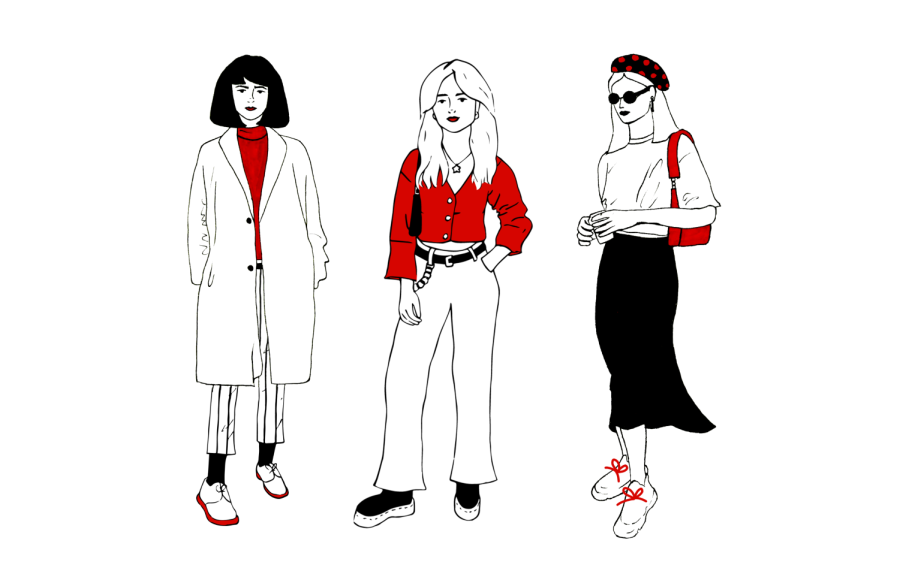Thrifters unite: Tackling Depop (AMAG)
September 11, 2019
Thrifting has made a huge comeback recently and most of the trend’s popularity can be attributed to an app that is killing it with more than 13 million users: Depop.
Created by Simon Beckerman in 2011, Depop is known as an online thrift store. It is a large community of creators like photographers, collectors, artists and vintage sellers. Oftentimes, sellers curate thrifted clothing or clothes straight from their closets and sell them on their shops in-app.
A few Depop verified and popular sellers gave their insights on selling. One seller, Wynnie, whose Depop shop is called, “marymilk,” with 22k followers, says she decided to sell clothes while looking for another job due to the stress of being unhappy with her last job.
“I spontaneously quit my full time career-type job I had for 4 years, in a heat of passion, with no backup plan or financial support,” Wynnie said.
Wynnie became verified by reaching Depop’s criteria. To get verified, sellers have to sell more than 50 items at $20 or more for four months and have a 4.5 star rating from customers.
Wynnie is also a community leader in Baltimore with three other sellers, and they are heavily involved in Depop’s community and reach out to customers to bring the company closer to them.
Another seller, Jeremy Salazar, who runs the shop, “happyloco,” with 7k followers, said Depop is his main source of income. He also does photography, film gigs and mural commissions on the side.
Salazar also received the “Disruptor Innovator Award,” in April 2019 from Depop. He received the award for submitting a poetic rap about the interesting art on each of his pieces and also received verification from Depop after winning the award.
He said he finds inspiration in surroundings, seasons and emotions.
“I want the clothes to act as a vehicle for each person to wear and walk into their power,” Salazar said.
Both sellers find most pieces from thrift stores with the exception of finding clothing in bags on the streets and friendly donations. Wynnie looks for items that are 80s and 90s vintage or visually enticing for photos.
Salazar searches for blank clothing items that look like empty canvases.
“Also items that allow me to cut up and re-work in other recycled fabrics,” he said.
After discovering their captivating pieces, they style them in unique ways and model themselves for their photographs. Many sellers photograph their items with nice lighting and complimenting backgrounds to interest customers and display each piece.
Salazar simply allows in natural light from windows and uses his iPhone camera. He likes his background to be the doorway he painted which is one of his first paintings from 2014.
“I feel it allows the viewers online to get a glimpse into my soul and personal story,” Salazar said.
Wynnie’s photography process includes LED lights, an art easel to set her phone on and the background of her room. Drapes, steps, vases and trinkets in her bedroom make up the background and help add to her photos.
As these sellers design their own sets and clothing, many use this to develop an aesthetic for their pages.
“It just happened organically, because I guess it’s a snapshot of the aesthetic style of my life,” Wynnie said.
For Salazar, his aesthetic comes naturally as well. He chooses pieces he loves, while adding touches of, “Depop Y2K/90s styles.”
Overall, Depop’s creative community allows anyone and everyone to use their platform to share their individuality and unique pieces. The app allows customers to find once loved clothing and accessories to love again.
“It’s kind of like an extension of my personal taste and creativity,” Wynnie said. “With the freedom to buy everything that speaks to my aesthetic.”
Emily Adorno is a web writer for A Magazine. Contact her at [email protected].












